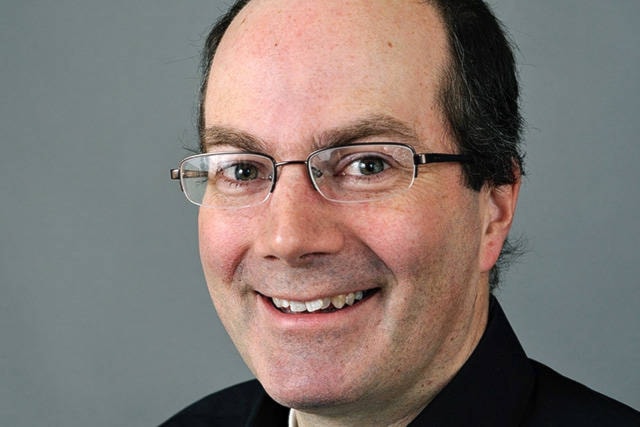I have written previously about Whitehorse’s growing “weird deficit.”
Cities like Portland — whose informal motto is “Keep Portland Weird” — have made quirkiness a key part of their marketing identities to boost their economy by attracting both tourists and today’s sought after knowledge workers.
Indeed, Slate magazine’s story about “How ‘weird’ became an economic strategy for hipster cities” is full of examples. Austin, Texas, and Santa Cruz, California, both have “weird” slogans too. Portland’s neighbours in Vancouver, Washington, mocked the campaign with a “Keep Vancouver Normal” bumper sticker. Neighbours of Austin have replied with “Keep Round Rock Mildly Unusual.”
Quirkiness is definitely on the economic development agenda.
However, the growth of modern government and corporate administration in Whitehorse over recent decades has made our city less weird. Indeed, sometimes it seems like some of our decision makers equate Yukon development with becoming as much as possible like a boring mid-sized Canadian city a hour or two from Toronto. Jim Robb’s Colourful Five Percent may now be the Colourful Fraction of a Percent.
Much of this normalcy is for the good. Who wants your firewood guy to cut his leg off in front of your house with his home-made sawmill contraption? (If you don’t know that story, go to Mac’s and buy the Colourful Five Percent right now).
However, Portland’s growth shows us we need to reinvent our quirks to stand out from the crowd of other communities in Cascadia. Thousands of workers and entrepreneurs make decisions every year about whether to live in lifestyle havens like Whitehorse, Nelson or Canmore, or follow the filthy lucre to some traffic-clogged economic mecca like Vancouver.
The Yukon government has been slow to integrate weirdness into its economic strategy. However, some Yukoners have already taken action in an area which has increasingly raised the eyebrows of our Outside visitors: dogs.
Whitehorse has an affinity for dogs that I haven’t seen anywhere else in my travels.
Recently at Erik Nielsen International, there were eight Yukon dogs frolicking around the luggage carousel as visitors arrived. It reminds you of the moving Heathrow reunion scenes from Love Actually, but with extra canine zest.
It sometimes seems more common to see toddlers on leashes than dogs at the airport. Yukon security personnel pounce ruthlessly on anyone attempting to leave their vehicle in front of the terminal, but even the forces of order know our culture won’t permit them to enforce the “No Dogs” sign on the airport front doors.
You can see dogs waiting for their human’s number to come up at the Registry of Motor Vehicles. Behind the desk at a locksmith shop in town. Four dogs recently attended a meeting at an environmental advocacy group downtown.
A dog in a canine tuxedo outfit was recently spotted at a Miles Canyon wedding.
I’ve seen emotional support animals on planes before, but only the YXY-YVR route can boast full-sized huskies.
I was walking along Lewes Boulevard the other day wondering what to do about the dog wandering towards the bridge, when not one but two cars stopped to help. One good samaritan crossed multiple lanes of Rush Minute traffic to bring a rope. Another drove the dog to the address on its tag.
The dog’s owner drove by on his bike three minutes later, unaware a community intervention from Canada’s most dog-friendly city had saved his lost pet.
Clearly, we are on a roll here. We should take this idea and run with it. Every school and library should adopt the practice of hosting a reading dog to help kids too anxious to read in front of adults, a practice advocated by multiple organizations.. Our healthcare system should look into more therapy dogs, as mentioned in Smithsonian magazine and practiced by St. John Ambulance. We should have more dog theatre. The internet is packed with ideas.
A Harris poll in the U.S. in 2015 showed that 95 per cent of respondents considered their pet to be “part of the family.” That’s up seven points since 2007 (and probably about 94 points over the last century). That means their pet is a big factor people are considering and deciding where to live and work. We should go even farther. Dogs shouldn’t just be members of the family, but also members of the Yukon economic development team.
Keith Halliday is a Yukon economist and author of the MacBride Museum’s Aurore of the Yukon series of historical children’s adventure novels. He is a Ma Murray award-winner for best columnist.
